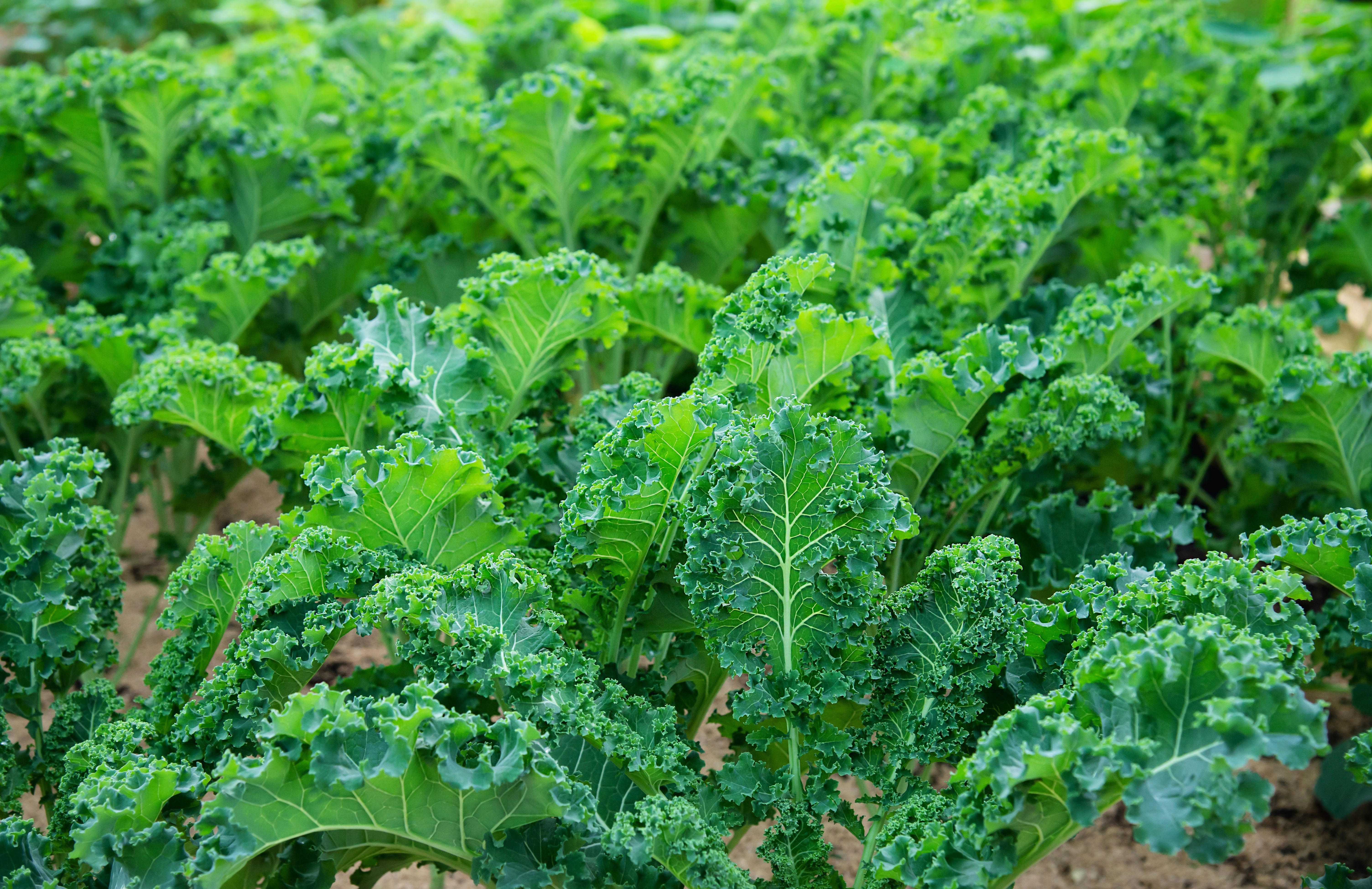- Home
- Gardening Tips
- How to Grow Kale
Simple Steps on How to Grow Kale
How to Grow Kale Are you looking for a vitamin packed vegetable you can grow in your home garden? Learning simple steps on how to grow kale may be the answer. Receive the awesome benefits of kale with delicious kale recipes. Grow! Harvest! Eat!
Kale is full of vitamins A and C, and minerals such as Calcium, Iron and Potassium. And... kale is a wonderful source of fiber!

Soil for growing kale
Rich soil is one the first requirements in growing kale successfully, as with most other plants, but this is especially true of kale. Kale is a greedy plant and likes lots of fertilizer. It rewards you for this with a fast growth and tastier leaves.
This is one plant you want to rush and grow fast. If it doesn't get enough water and fertilizer, it doesn't taste as good, even getting bitter and unusable.
Kale will grow right along with the other vegetables. You may also choose to grow it in raised beds, or among the flowers in flower beds! For the fastest, earliest crop, a raised bed is always a good choice. Raised beds will be warm earlier in the spring, and an earlier planting will have more time to grow before the heat of summer sets in.
Planting
Planting kale is as easy as anything else concerning how to grow kale. Just make a furrow about 1/2" deep, and drop the seeds in a couple inches apart. Cover lightly with soil and water gently. Plant the seeds closer together and thin the seedlings for an early treat!
Temperature
Kale can withstand cooler temperatures and can be planted very early in the spring, along with the peas, onions, radishes, and the other brassicas (mustard family).
If winters are mild, you can even plant kale late in the fall for earliest spring growth. Be sure to cover the seedbed with straw, and remove it as soon as there are signs of life in the spring.
Light
Kale prefers full sun and cool temperatures, and germinates easily with just the minimum attention to the requirements it needs to thrive. If you have a long growing season, you can easily work in two crops!
Water
As with most other plants, Kale needs a steady level of surface moisture to germinate. It also likes to have moist roots, just nice even moisture, not soggy, but not dried out, either. A thick layer of mulch can help your planting beds stay evenly moist.
A good soaking every few days can be beneficial to the roots, but keep the soil from drying out too much in between soakings.
Harvest
You can harvest Kale right along with your salad greens and leaf lettuce, just cutting the leaves you want to use and letting the plants continue to grow and produce. At the end of the season, just cut or pull the whole plant.
Yummy steamed in greens or raw in a salad! A fall crop will taste even better after a light frost. It seems to get sweeter, just like a crabapple.
If you are willing to try something different...
Make unique kale recipes by blending kale with fruit smoothies. A green smoothie makes a delicious and nutritious meal for anytime in the day.
Maintenance Tips
If insects are a problem in your area, you may want to consider the use of decoy plants. This is just a similar plant such as cabbage, that you won't miss or need to eat, planted around your kale to attract the same kind of pests.
Most Brassicas can also benefit from a small collar of plastic or cardboard around the young plants to keep cutworms away from the stems until they are thick and strong.
The healthiest salads and greens are made up of a variety of textures, colors, and flavors. Kale packs a big boost of vitamins and minerals and should be in every home garden. Don't miss this great flavor! Learn how to grow kale!
Go from How to Grow Kale to Smoothie Recipes
Go from How to Grow Kale to Vegetable Gardening Tips